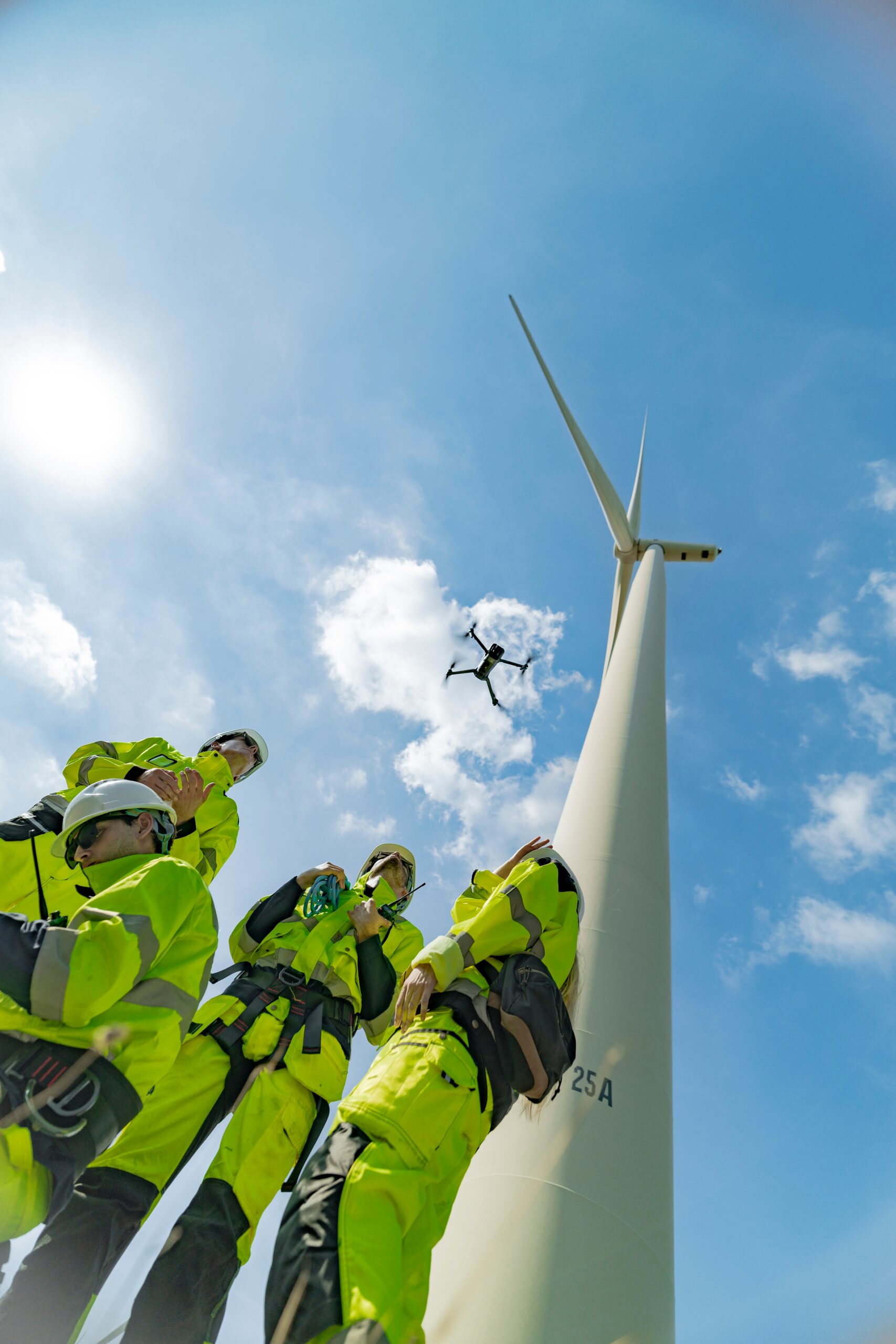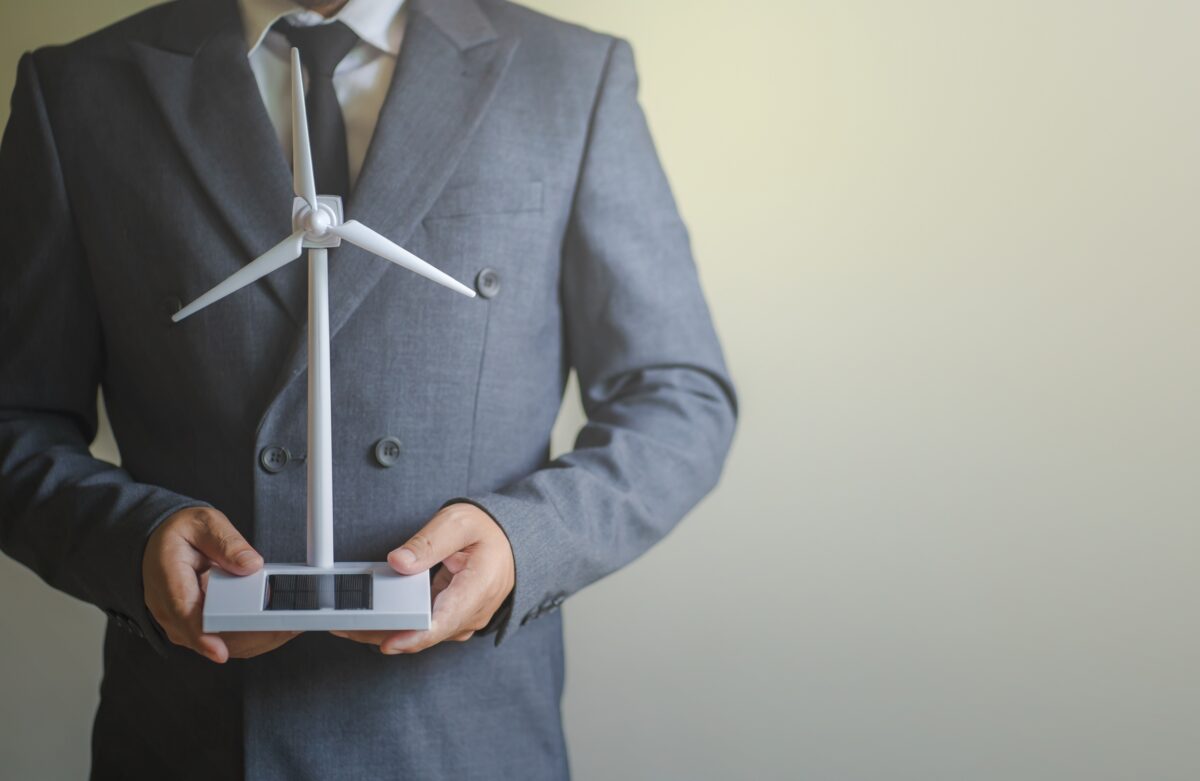Wind turbine blades serve as the crucial interface between wind energy and mechanical power. These precisely engineered components harness aerodynamic principles to convert kinetic energy into rotational motion that ultimately generates electricity. Understanding their composition, weight, shape, and size provides insight into both their capabilities and limitations.
What is a wind turbine blade made of?
Most modern wind turbine blades consist primarily of composite materials that balance strength, weight, and durability. Glass fibre reinforced polymers (GFRP) form the backbone of many commercial blades, with carbon fibre increasingly incorporated for enhanced performance. According to industry reports, typical wind turbines are predominantly made of steel (66-79% of total turbine mass), with fibreglass, resin or plastic comprising 11-16%.
How heavy are wind turbine blades?
The weight of wind turbine blades varies considerably based on size and design. Industrial-scale wind turbine blades are remarkably heavy, whereas home wind turbines are comparatively lightweight—sometimes weighing less than 65 pounds total.
For large commercial turbines, individual blade weights can be substantial. The GE 1.5-megawatt model features blades that contribute to a blade assembly weighing more than 36 tonnes. More powerful models like the Vestas V90 have blade assemblies weighing approximately 75 tonnes.
What is the lenght of the wind turbine blade? The longest blade currently in operation—the 88.4m blade from LM Wind Power—weighs 33.7 tonnes. Even more impressive, Siemens Gamesa’s 14 MW turbines utilise 108-metre blades weighing 65.6 tonnes each.
Shape of a wind turbine blade: why does it matter?
The aerodynamic profile of wind turbine blades directly impacts their efficiency and power generation capacity. Modern blades feature airfoil cross-sections similar to aircraft wings, creating lift when wind passes over their curved surfaces.
Most effective blade designs incorporate a twist along their length—typically 10-20 degrees from root to tip—to maximise the angle of attack as wind speed varies from hub to tip. Additionally, blades taper from a wider root to narrower tip for improved aerodynamics and reduced noise.
How long is the blade of a wind turbine?
Wind turbine blade length has increased steadily as manufacturers seek to capture more energy. The average blade length for current commercial turbines is approximately 116 feet (35 metres). However, larger models substantially exceed this measurement.
The GE 1.5-megawatt model uses 116-foot blades mounted on a 212-foot tower, while the Vestas V90 features 148-foot blades. At the extreme end, the world’s longest wind turbine blade currently measures 88.4 metres (290 feet).
Wind turbine blade lifespan: How long do they actually last?
The durability of wind turbine blades remains a significant challenge in renewable energy technology. Despite technological advancements, these crucial components face numerous stressors throughout their operational life, affecting both performance and longevity.
What is the lifespan of wind turbine blades under normal conditions?
Modern wind turbine blades are typically designed to function for approximately 20-25 years. This design lifespan aligns with the expected service life of the complete turbine system. Nevertheless, the actual operational period can vary considerably based on multiple factors.
Industry data reveals that most blades reach their designed lifetime of 20 years and are frequently decommissioned immediately thereafter. Several studies, however, indicate that wind turbine blades can potentially remain in service for up to 25 years under favourable conditions. This extended lifespan often requires proper maintenance and optimal operating environments.
Factors that influence wind turbine blade lifespan
Several critical factors determine how long the blades of a wind turbine remain operational. Here is why wind turbine blades wear out:
-
- Environmental Conditions: Offshore wind turbines experience more intense wear than onshore installations due to exposure to saltwater, rough seas, and harsher weather. These conditions accelerate corrosion and structural degradation.
- Material Quality and Design: Higher-grade materials contribute significantly to blade durability. The composition and manufacturing processes directly impact resistance to fatigue and environmental stressors.
- Maintenance Regimen: Regular inspections and preventive maintenance can substantially extend blade lifespan. Scheduled servicing typically occurs once or twice annually, when all critical components undergo thorough examination.
- Operational Management: Optimising turbine operation through load management and shutting down during extreme wind conditions helps preserve structural integrity. These preventive measures reduce cumulative stress on blade components.
- Complex Loading: Wind turbine blades endure complex environmental and mechanical stresses during service, including cyclic deformation, erosion from rain and sand, icing, temperature variations, and extraordinary events like lightning strikes and bird impacts.
Throughout their service life, blades transition from relatively low-maintenance components to leading problem areas for some operators. As the wind energy sector expands understanding and extending blade lifespan becomes increasingly critical for maintaining economic viability.
Why do wind turbine blades wear out? Main reasons explained
Why Wind Turbine Blades Wear Out? Blade deterioration happens mainly due to fatigue damage. The constant wind forces create tremendous stress on wind turbines, especially at the point where blades connect to the hub. This critical area has stress concentration, bolt holes, built-in stresses, and material changes that make it weak. Daily repetitive loads create localized cracks in the blades. The force of gravity creates alternating bending forces too – blades experience downward pull at 3 o’clock position and reverse direction at 9 o’clock.
Environmental elements speed up blade wear substantially. The blade surfaces get damaged by airborne particles such as rain, dust, sand, and sea spray. This leading edge erosion increases surface roughness and creates drag that cuts down power generation.
The blades face other wear factors too:
-
- Icing: Creates excess vibration and imbalance that affects aerodynamic efficiency and stresses components like gearboxes
- Impact damage: Birds or debris collisions can cause major structural damage
- Surface erosion: Unrepaired damage can lead to cracking and water getting into bond lines
- Material erosion: Sand particles remain the most aggressive factor in degrading blades
Common signs of wind turbine blade failure
Early detection of blade failure plays a vital role in wind turbine blade repair timing. Visual inspection starts the damage identification process and reveals several warning signs.
Microcracks on coatings show up as the first signs of surface damage. These might look minor but can turn into structural problems when left unchecked. The blade’s leading edge gets eroded by dust, rain, or salt particles that hit it. This creates a rough surface and reduces its aerodynamic performance. The roughness first cuts down energy output and could lead to structural weakness.
The blade’s structure shows signs through delamination, where composite layers separate because of manufacturing defects, environmental factors, or impact damage. Studies show delamination happens three times more often than debonding, where upper and lower shells separate. The root-to-airfoil transition area often develops cracks. This vulnerable zone is where failures usually start.
The blade’s performance also signals warning signs. Damaged blades cut down aerodynamic efficiency and power generation. On top of that, they make more noise as air flows over damaged surfaces. Changes in vibration patterns during operation point to possible faults, though other factors can change these patterns too.
Each type of damage needs its own monitoring approach. Failures come in three types: catastrophic (breaking main structure, parts separating), functional (less stiffness, permanent shape changes), and superficial (tiny cracks, paint peeling).
What happens to wind turbine blades when they wear out?
Wind turbine blades create a growing challenge for the renewable energy sector when they reach the end of their life. These massive components need proper disposal or recycling after their 20-25 year operational lifespan.
Standard practises can recycle about 85-90% of a wind turbine’s total mass. The blades create a special challenge because of their composite materials. They mainly consist of fibreglass reinforced with thermoset resins that resist normal recycling methods. Manufacturers designed these materials to last, not to come apart.
Numbers show the size of this challenge clearly. Experts project that decommissioned blades will reach 43 million tonnes globally by 2050. The United States will contribute 2.2 million tonnes, taking up roughly 1% of remaining landfill space by volume.
Are Small Wind Turbine Blades Different? Why Small-Scale Wind Solutions Face Fewer Challenges
What about small wind turbine blades? Are they similar to their larger counterparts? While they share the same fundamental purpose—capturing wind energy—the differences in scale lead to distinct advantages. Small wind turbines, like Freen OÜ’s 6 kW and 20 kW vertical axis models, offer a more sustainable alternative in terms of durability, maintenance, and end-of-life management. Their compact size and simplified composite structures make them significantly easier to dismantle and recycle than industrial-scale blades. The Freen-6, for instance, is light enough to transport without heavy machinery, and its robust, weather-resistant materials are easier to separate and reuse. With no gearbox and fewer moving parts, Freen turbines are designed for long-term operation with minimal upkeep—reducing the risk of mechanical failures over time. This streamlined design supports both cost efficiency and circular economy goals. Unlike utility-scale turbines, small wind solutions serve localized energy needs and don’t pose the same logistical or environmental challenges when they reach the end of their lifecycle.






